Light Reaction on the Photochemical Phase
Light reaction is also known as photochemical phase because for this phase light is essential for green plants get from sunlight. This phase is observed in the granum of chloroplast and is essential inductive phase which involve absorption of solar energy, photosynthetic electron transport, photolysis of water and synthesis of energy rich compounds. At the first of the observation it was believed that a single pigment system operates this photosynthetic light phase but R. Emerson, a scientist first observed this phase in Algae called chlorella. He there to observed that there is a sharp decrease in photosynthetic Quantum yield when the organisms was exposed to read or infrared light. This observation is known as Red drop mechanism or Emerson’s effect. It has been also observed that if the red light was altered with the blue light of shorter wavelength then there was a gain and increase in photosynthetic efficiency. This indicates that there are two types of pigment system involved in photochemical light phase they are photosystem 1 and photosystem 2.
Pigment System 1 - It is comparatively weak fluorescent pigment system that consists of chlorophyll B chlorophyll A 670 chlorophyll A 680 chlorophyll A 695 and a very small amount of chlorophyll A 700 ,this all together associated to form the reaction centre PS1. Here carotenoids are present and blue green algae chlorophyll B is replaced by phycobilins.
Pigment System 2 - This system is comparatively strong fluorescent system which consists of carotenoids, chlorophyll B chlorophyll a670 and chlorophyll A 680 which are associatedly form together called P 680 and constitutes the reaction centre of PS2.
Different Events of Light Phases -
Different phases of the light events are following in a stepwise manner -
* The chlorophyll pigment system absorbed the quanta of the energy that plants get from Sun light.
* This solar energy is transmitted to the reaction centre of the pigment system P 700 for PS1 and P 680 for PS2.
* When the chlorophyll absorb the quanta of solar energy they get excited and passes into the metastable triplet state ,as a result the electron from the outer orbit is then lost from the chlorophyll molecule which create an electron hole in the same.
* The water molecule that utilizes the energy of these electrons undergoes photolysis liberating hydrogen ions and Molecular oxygen as by the reaction called Hill reaction, as in 1937 Robin Hill denoted this reaction.
* In this reaction Robin Hill shows that chloroplast is in illuminated condition in presence of water hydrogen acceptor and Hill reagent.
* The electron is liberated by the excited chlorophyll molecule which is accepted by a specific electron carriers. The electron follow by a specific pathway before returning to the chlorophyll molecules and this process involves a series of redox reactions at a certain specific points whenever the electron transfer this through a major difference of redox potential the excess energy is dissipated and it unites ADP and pi to form ATP by the process called photophosphorylation.
* As a result of which there is formation of energy rich phosphate compound ATP in presence of Sunlight and this process is called photosynthetic phosphorylation or photophosphorylation; it is of two types - cyclic photophosphorylation and noncyclic photophosphorylation.
* Cyclic photophosphorylation - This is a type of cyclic transport of electron from the pigment system 1 that get back to the same chlorophyll molecule. It is an incomplete process which occurs when the non cyclic photophosphorylation is blocked or the chlorophyll get exposed to light greater than 680 millimicron. Here the electron emitted from the PS1 comes to ferredoxin via a carrier FRS that is Ferredoxin reducing substance, then it passes through cytochrome B6 then cytochrome f and plastocyanin and then to p700.
* Difference in energy States between ferredoxin and cytochrome B6 as well as cytochrome B6 and cytochrome f, ADP and Pi unit to form two molecules of ATP as there are several limitations of this process.
Limitations of this Process are -
* Only one photosystem is observed to be activated.
* Photolysis of water is not occur so there is no oxygen gas liberation.
* NADPH2 is not occurred in this reaction.
* Blockage of non cyclic process that reduces the rate of carbon dioxide assimilation and their by a fall in the rate of photosynthesis is observed.
Non Cyclic Photophosphorylation - This is a non cyclical process where movement of a pair of electrons between the two pigment system, pigment system 1 and pigment system 2 take place. It is more accomplished process which explain all the events of photosynthetic light face as it shows that both the pigment system 1 and pigment system 2 are excited by the photon particles of Sunlight. A pair of electrons emitted from PS1 p700 creating an electron hole which passes on to ferredoxin wire if R is and ultimately it is received by in NADP by the carrier Ferredoxin- NADP- Reductase. Similarly the pair of electrons that emitted from PS2 he is accepted by an unknown career y and then it passes through the plastoquinone cytochrome B 559 cytochrome is plastocyanin and finally 2 PS1 to fill up the electron hole here. The difference in the redox potential between the cytochrome B 559 and cytochrome if causes the phosphorylation of two molecules of ADP forming two molecules of ATP as a pair of electrons moves at a time. Water molecules which are associated with PS2 undergo photolysis to liberate Oxygen gas and two molecules of hydrogen ions which ultimately forms to electrons and to hydrogen ions. The pair of electrons that fill up the electron hole of P 680 via a strong and identified oxidant called as Z and to hydrogen ions are accepted by NADP for generating NADPH2. This is called Z scheme as it has Z like configuration.
End Products of Light Reaction - End products of the light phase are ATP, Oxygen gas and NADPH2. Among which the energy formed in NADPH2 and ATP are used in the dark phase for utilising energy and the oxygen gas is liberated out to the environment.
From Light Reaction on the Photochemical Phase to HOME PAGE
Recent Articles
-
What Is Plasma? | Blood Plasma | Proteins | Nutrients | Cholesterol
Nov 07, 25 10:29 AM
Blood is a mobile fluid which is a connective tissue and is derived from the mesoderm like cell any other connective tissue. Colour of blood is reddish and that flows inside the blood vessels by means… -
Disorders of Respiratory System | Tuberculosis | Pleurisy | Emphysema
Oct 28, 25 11:39 PM
Tuberculosis is very common disease and is caused by a type of bacteria called Mycobacterium tuberculosis. This disease causes different trouble in the respiration and infection of several parts of th… -
Regulation of Respiration | Respiratory Centres | Inspiratory Area |
Oct 14, 25 12:13 AM
Respiratory Centre is the area that controls the rate of respiration and it is observed to be located in medulla oblongata and pons. Respiratory Centre has the following will dispersed components like… -
Explain Transport of Gases | External Respiration | Tissue Respiration
Oct 09, 25 11:35 PM
In humans gaseous exchange is completed in the following ways the steps are - External Respiration or Breathing - Breathing in false taking in of Oxygen and giving out of carbon dioxide in the body. M… -
Kind and Number of Teeth | Location of Teeth in Mouth | Care of Teeth
Sep 11, 25 12:52 AM
Kind and Number of Teeth
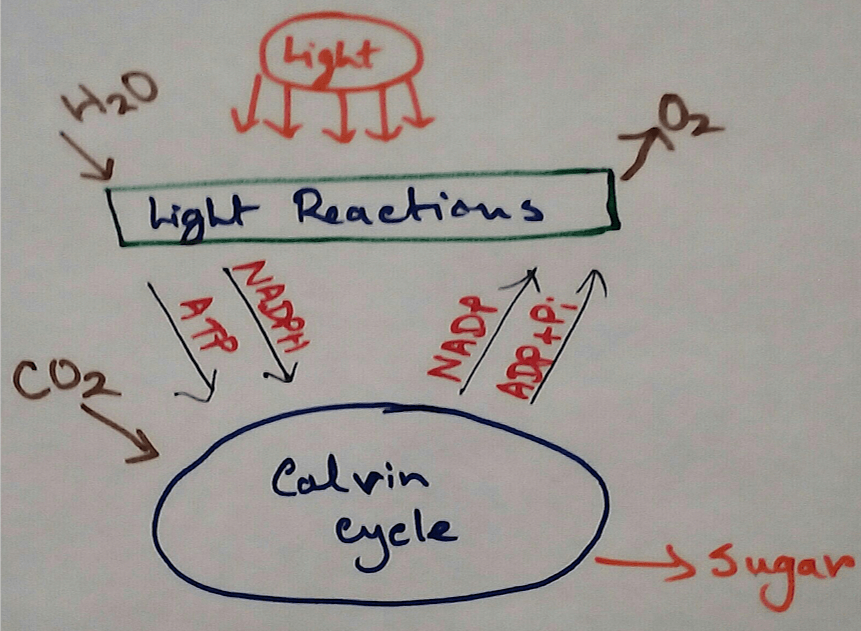
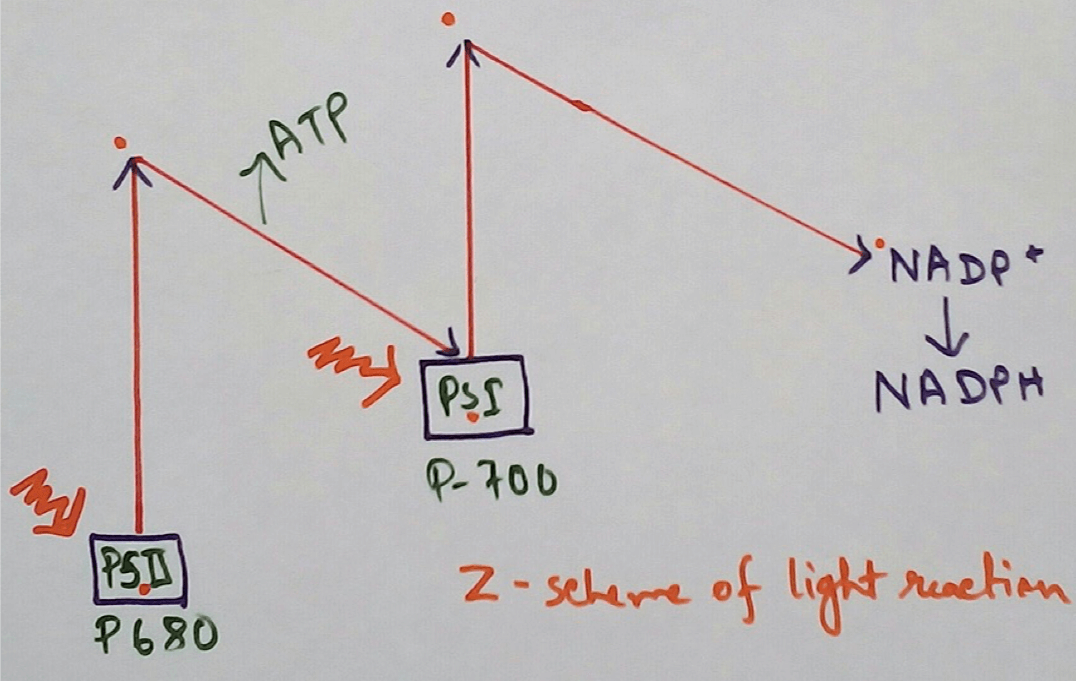
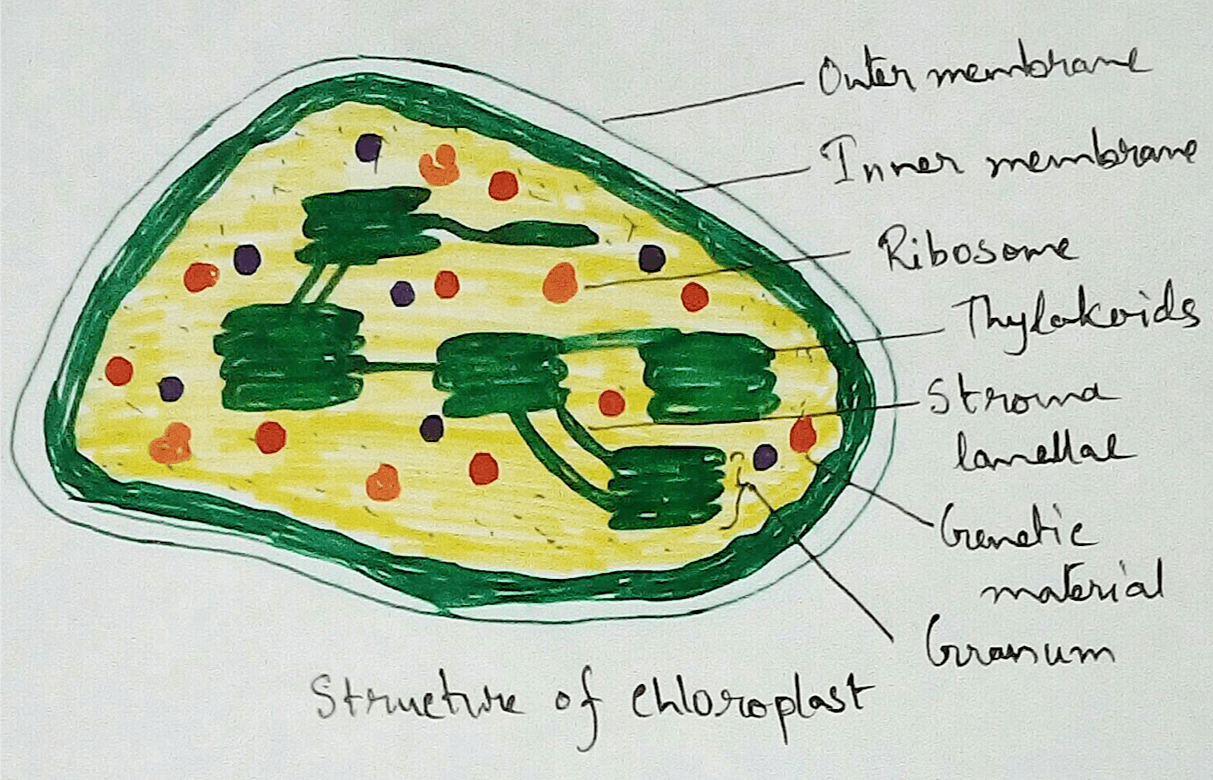
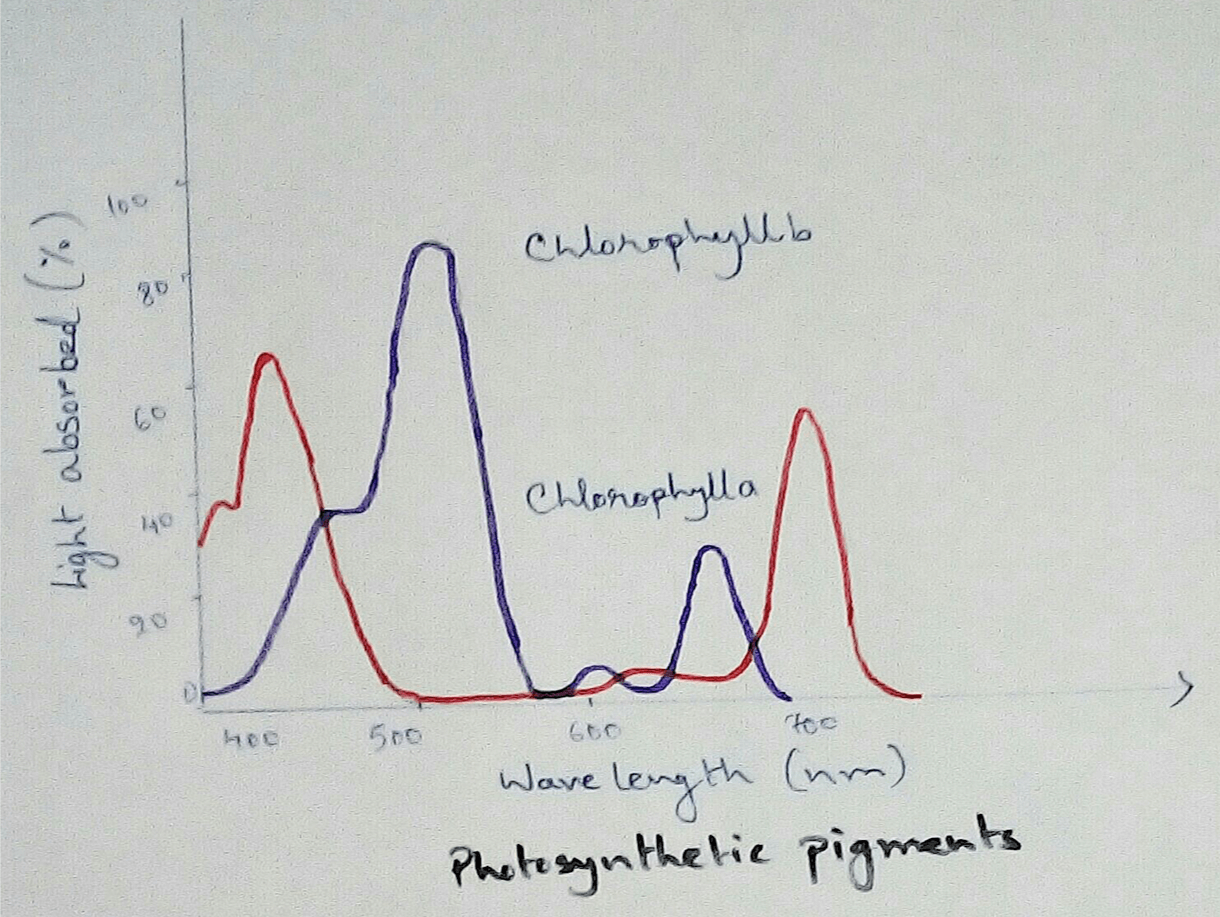
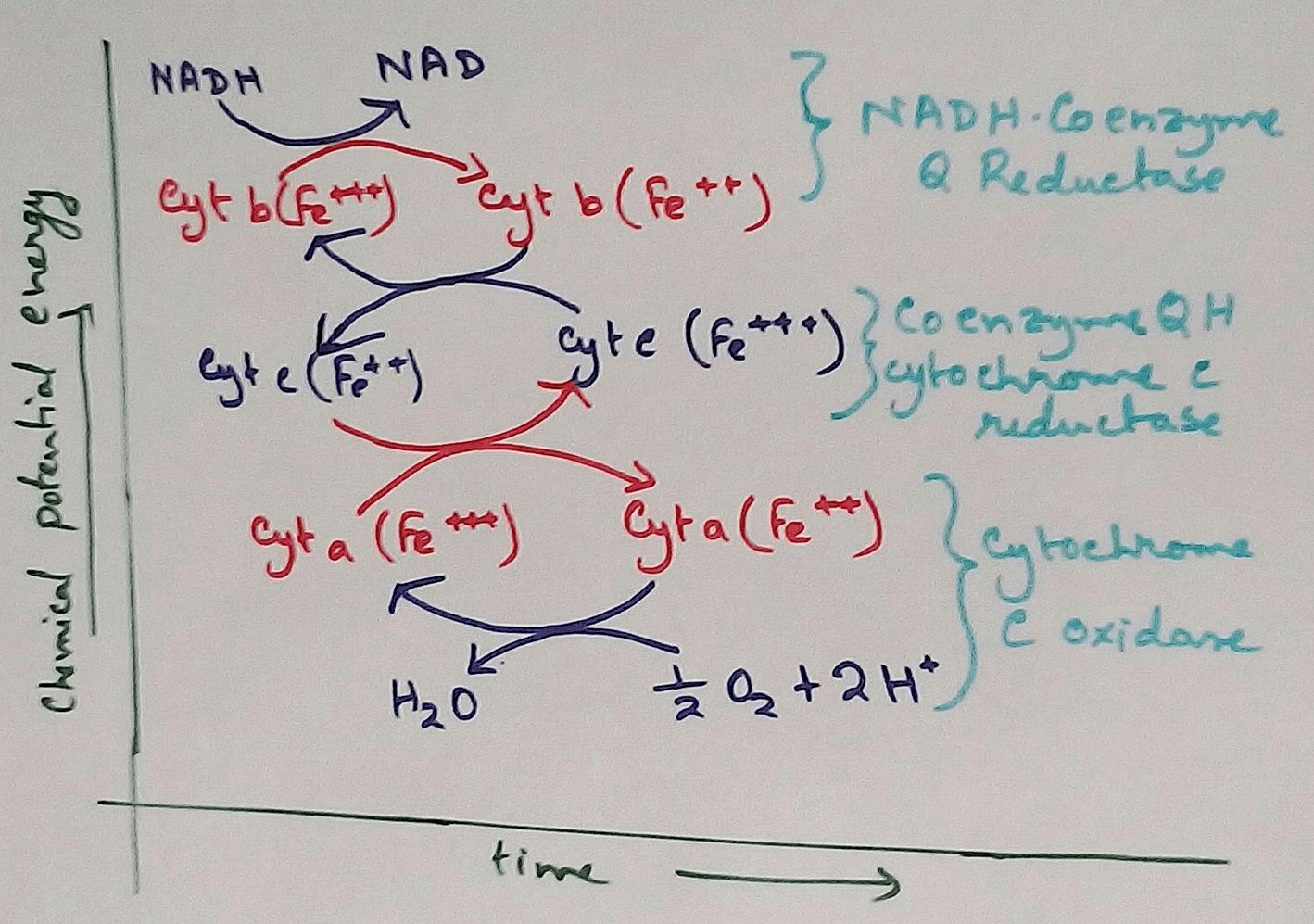
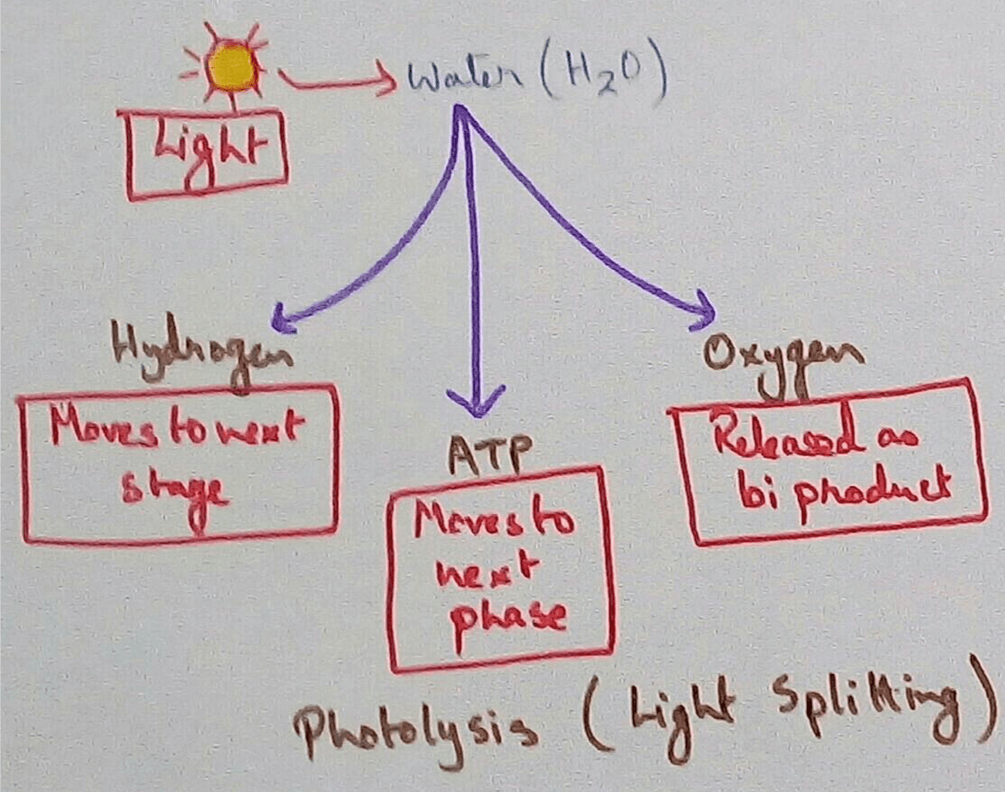
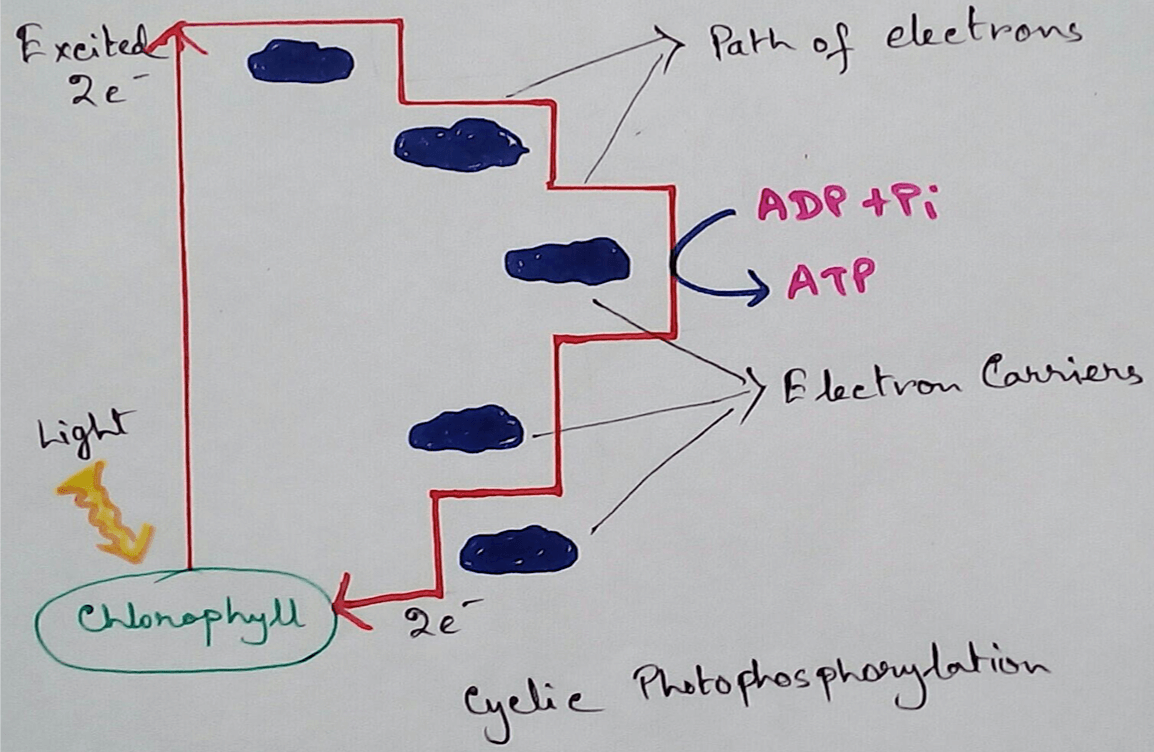
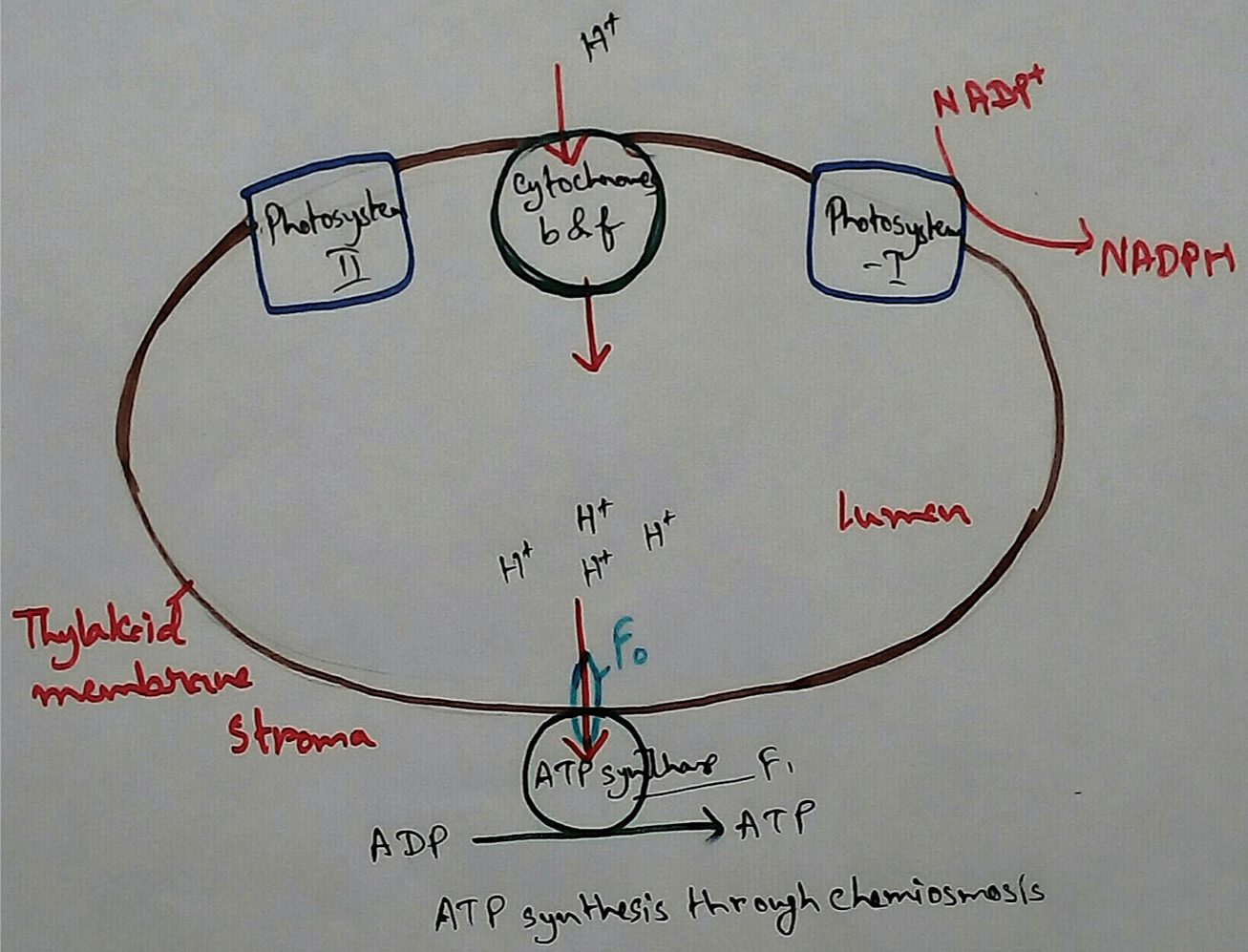
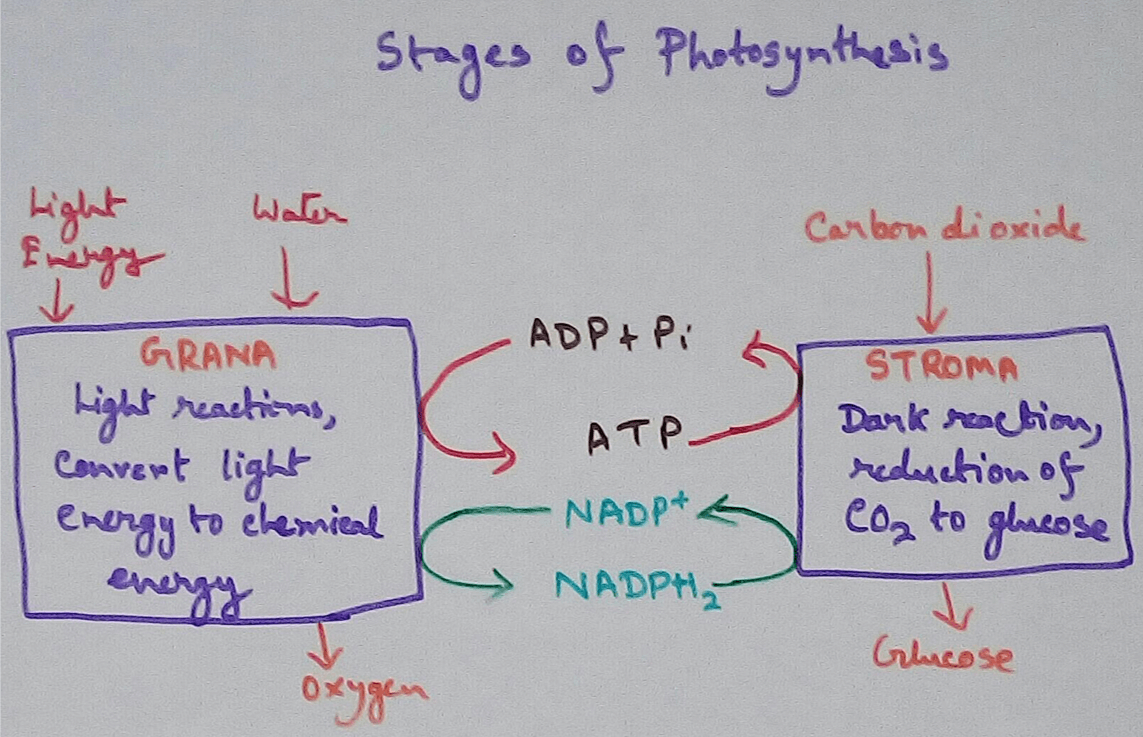
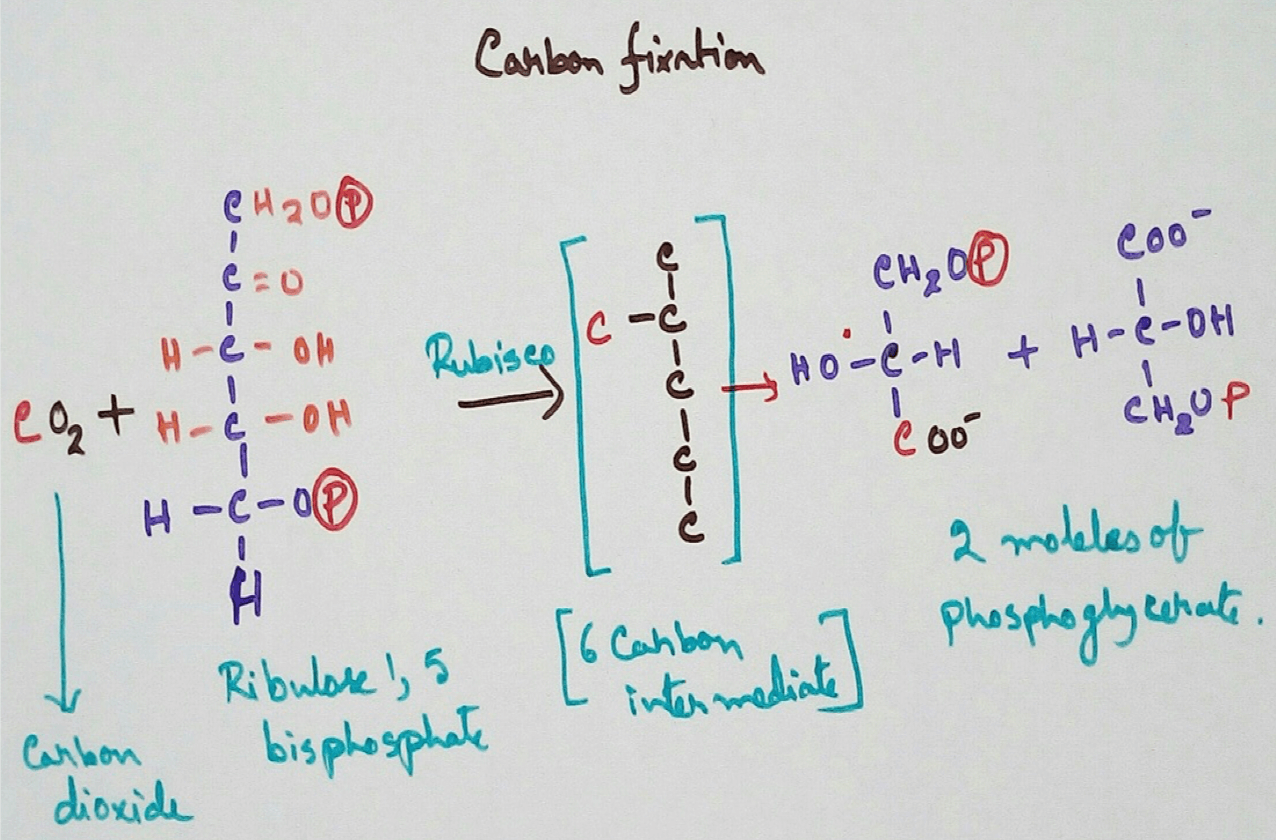
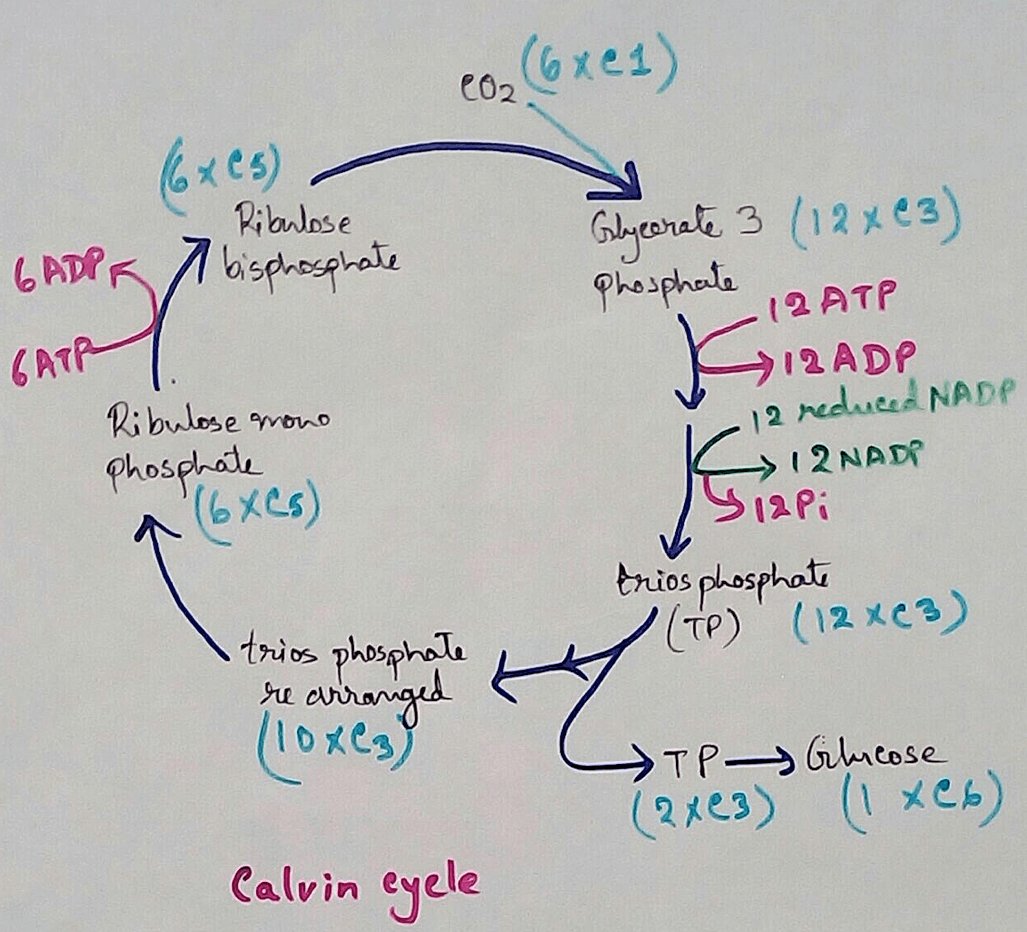
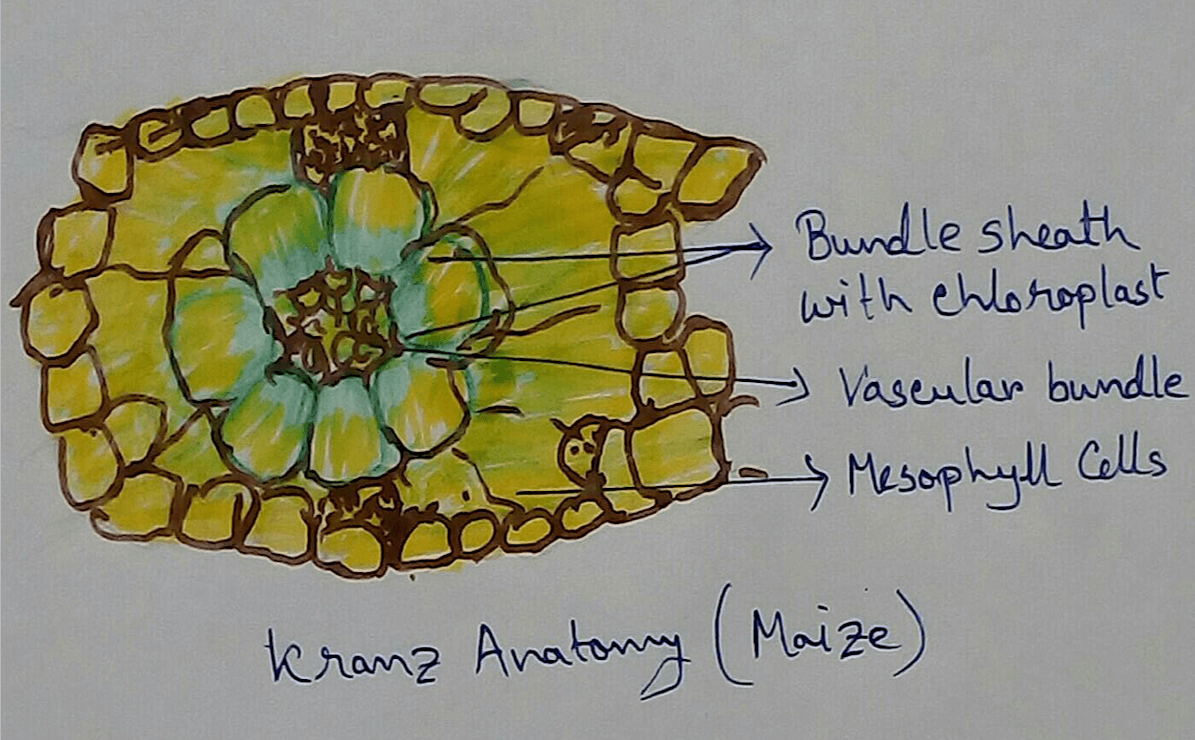





New! Comments
Have your say about what you just read! Leave me a comment in the box below.